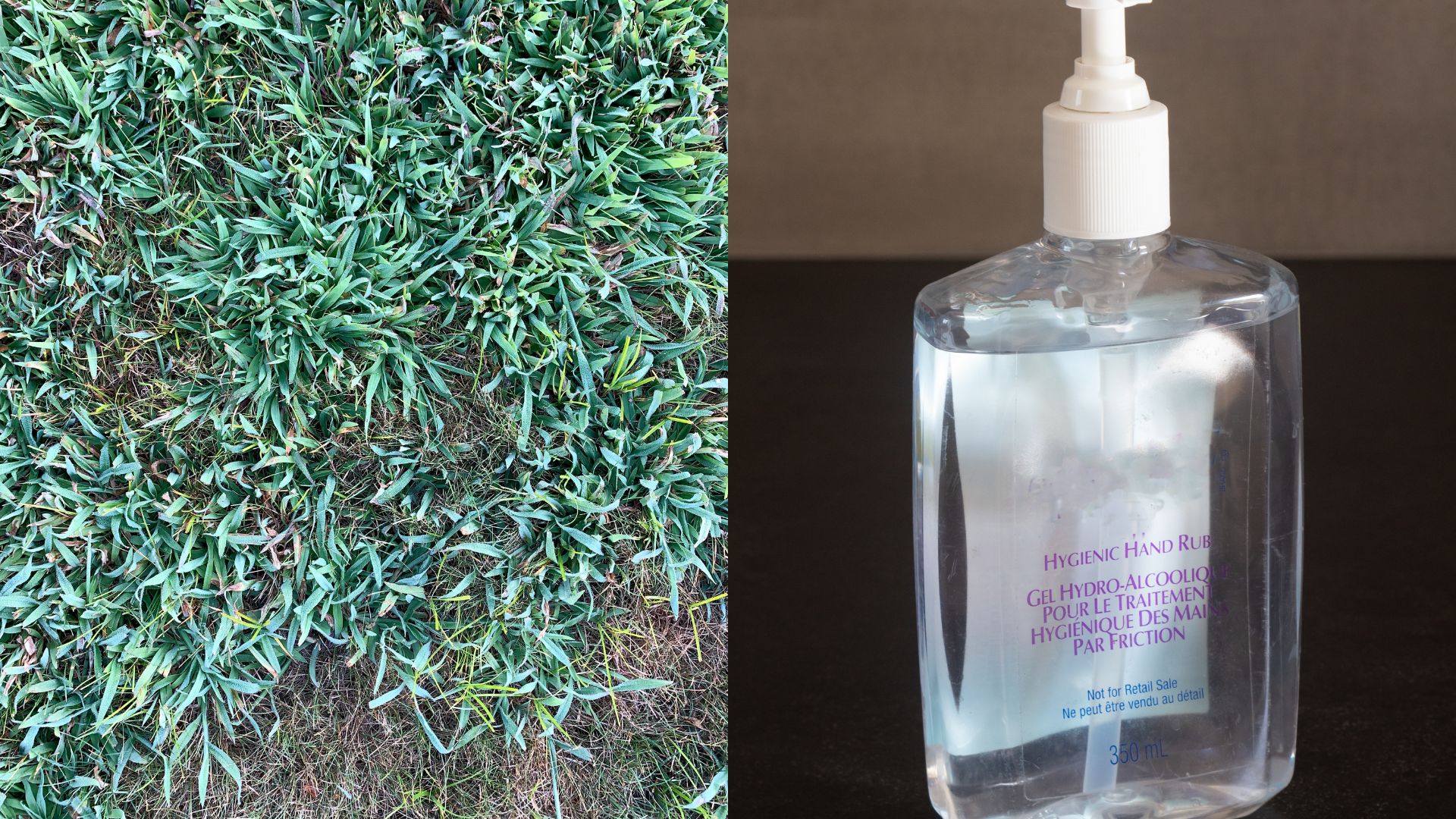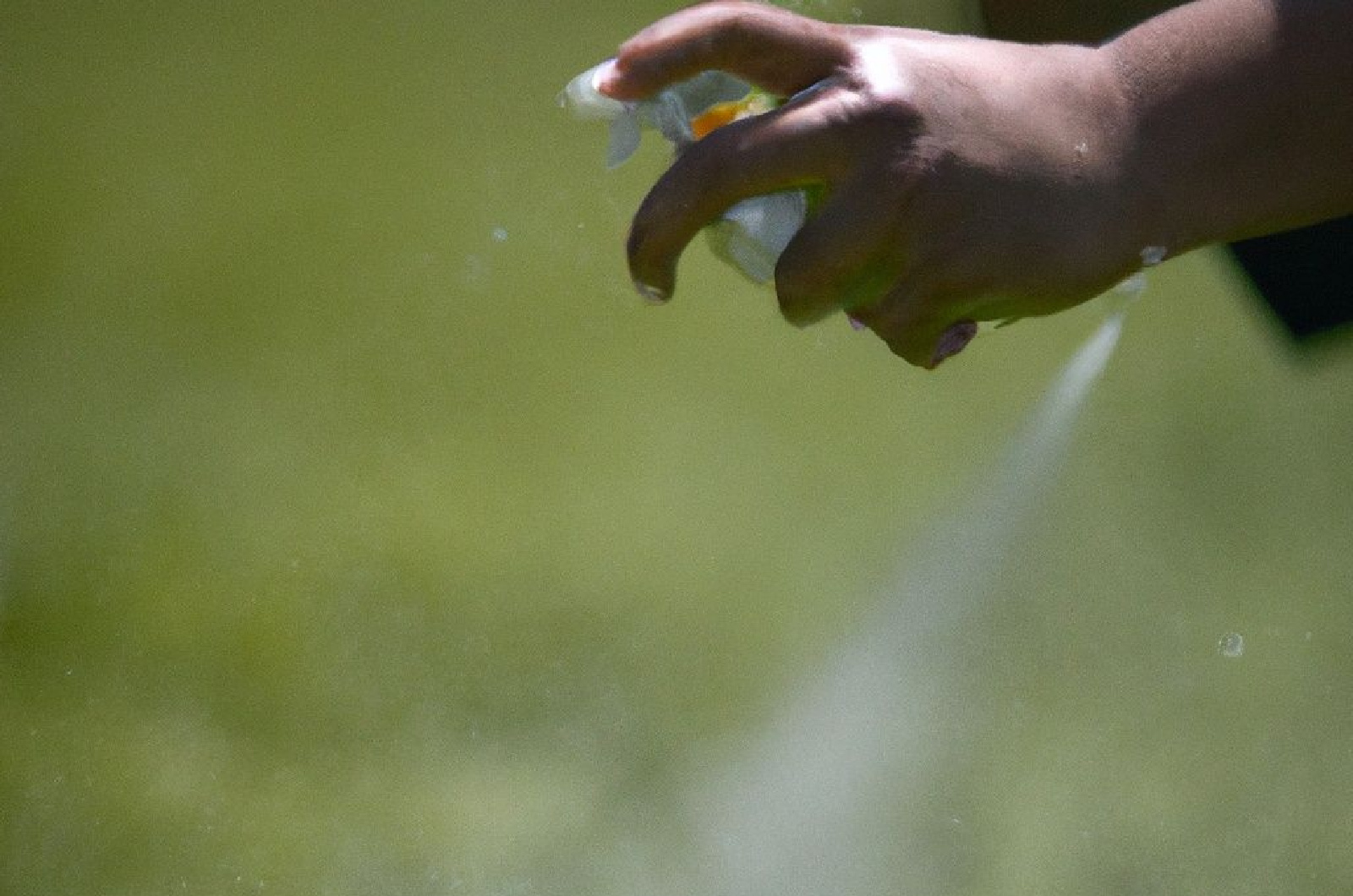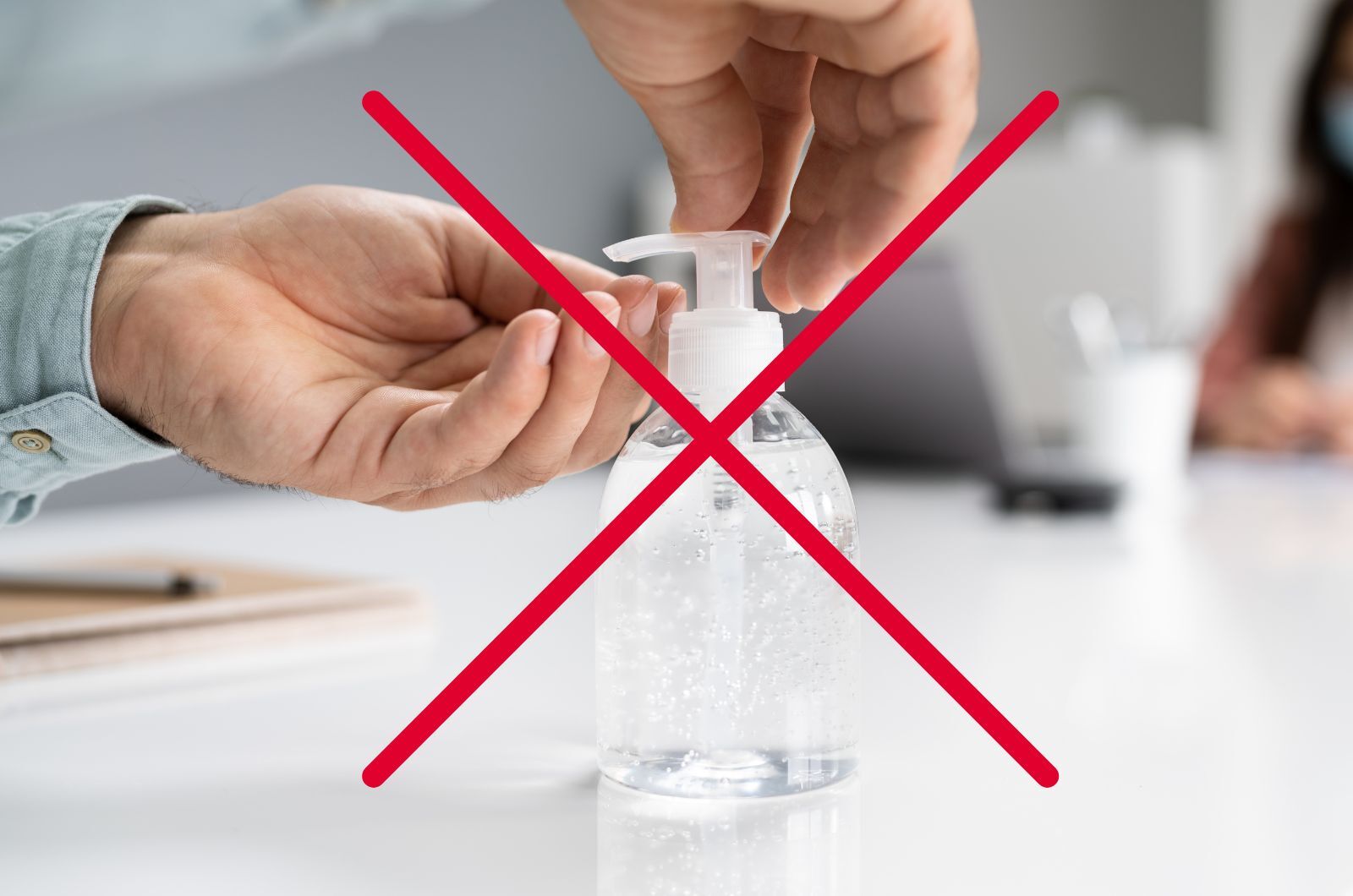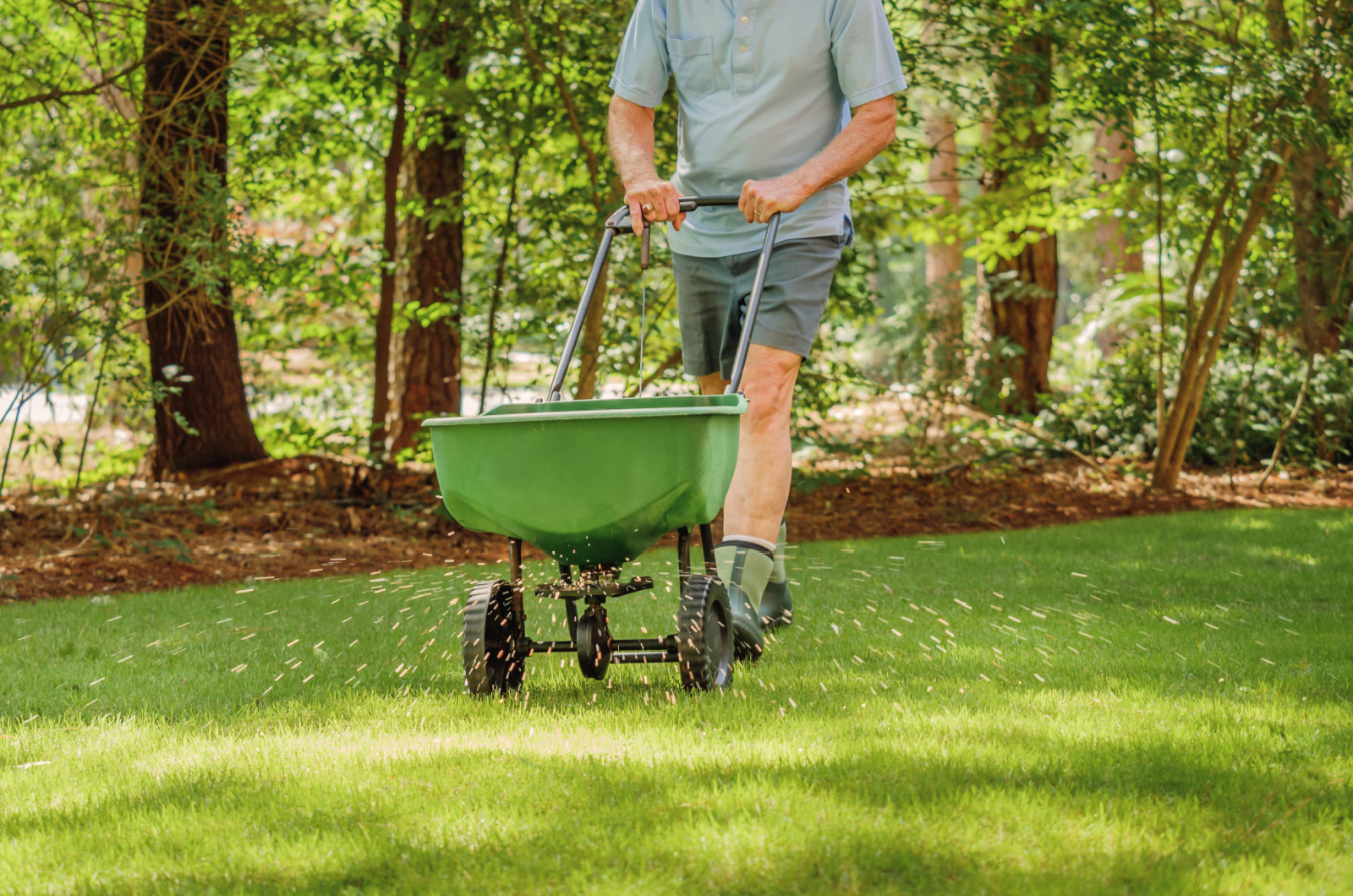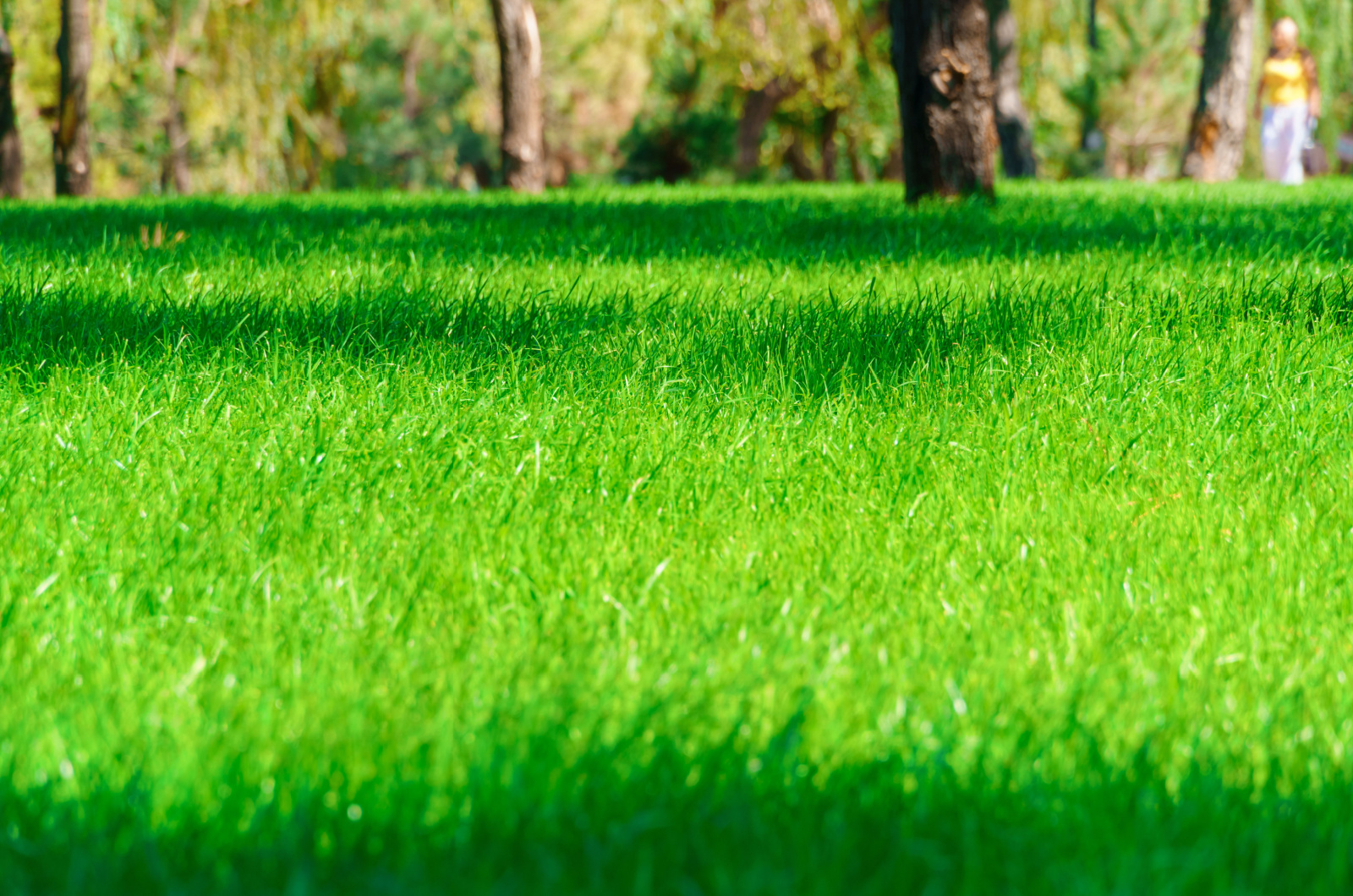Traditional lawns will never lose their appeal, no matter how difficult they may be to tend to. Yet, their maintenance shouldn’t be too hard!
Crabgrass makes this job a lot harder than it’s supposed to be. Luckily, there’s a ray of hope.
There are many helpful ways of removing this weed from your garden. But there’s one we haven’t covered – rubbing alcohol.
Can this common household product destroy crabgrass? And if it can, should you use it on your lawn?
Here’s everything you need to know!
Let’s get started!
It’s Rubbing Alcohol!
The first thing you need to do is identify the weed you have. Many of them are similar. Yet, there are clear differences between dallisgrass and crabgrass. Once you do this, you can go ahead and use your herbicide of choice.
But what if I want to use rubbing alcohol or ethanol? Will it help?
Well, yes! A 5% solution will stunt the growth and a 25% mixture will kill the plant. (1)
Mix 2 tablespoons of alcohol with 4 cups of water and use it on your crabgrass. You can also use pure alcohol since it is more potent. Apply it directly to the crabgrass roots and watch how it fades away.
If you decide to use this method, do it on a sunny and calm day. Winds can carry the alcohol droplets to nearby plants and damage them as well.
Finally, wear protective gear when working with this product. It can irritate your eyes and skin if it comes into contact with them. And don’t use it in the places where your kids and pets play.
Should You Use It, Though?
Now we know that alcohol works against crabgrass, but should you use it? In fact, almost every household chemical will kill weeds if applied in excess. Yet, that doesn’t mean we should use them.
As I already mentioned, alcohol can dehydrate and kill plants, not just weeds. So, if you want to get rid of crabgrass from your lawn, I wouldn’t use this product.
It can contaminate the soil and underground waters. This can lead to stunted lawn growth and grasses drying out and dying.
Also, rubbing alcohol has a negative effect on your garden’s ecosystem. It will disrupt and even kill beneficial microorganisms.
That’s why I’d stick to prevention methods or at least approved herbicides. At least they won’t destroy your entire lawn.
And if you want to give this method a go, try it on your gravel patch first. There’s less chance of it hurting your garden ecosystem.
Prevent Re-Emergence
Destroying crabgrass is one way of obtaining a clean lawn. The other is preventing this weed from resurging in the first place.
And it’s not that hard to do! All you have to do is care for your lawn. Mowing, fertilizing, and watering regularly will do wonders!
Crabgrass spreads by seed, but mowing can reduce the germination. Once you mow your lawn, your grasses will cast a shade on the ground. Weed seeds need light to sprout. Prevent that, and your lawn will soon be crabgrass-free.
A nourished and well-watered lawn will thrive and choke out crabgrass instead of the other way around.
Another thing you can do is overseeding. It will make your lawn fuller and more appealing. Overseeding will also take all the space from crabgrass, eventually choking it out.
Making your lawn green and thick is the ultimate weapon against weeds. Dense grasses leave little room for crabgrass to spread. Cover the bare patches, keep good care of your lawn, and it will soon be weed-free.
And if all this care still doesn’t yield the best results, I have one card left up my sleeve – hand pulling. Remove the crabgrass by hand, but make sure you get the entire taproot out.
Stay alert! Inspect your lawn on a regular basis and get rid of weeds as soon as you spot them. That’s the only secret to preserving the looks and health of your lawn.
References:
1. Nicholson, J. (2018). The Effect of Alcohol on Plants. Sciencing.

